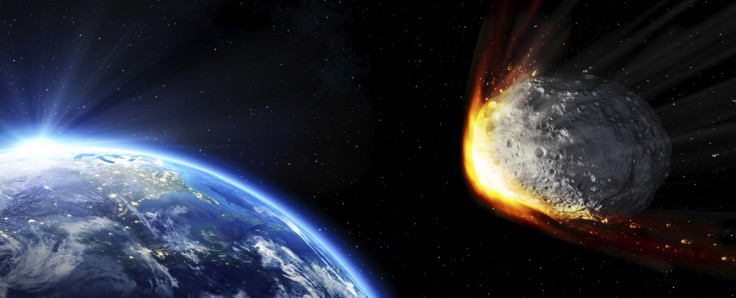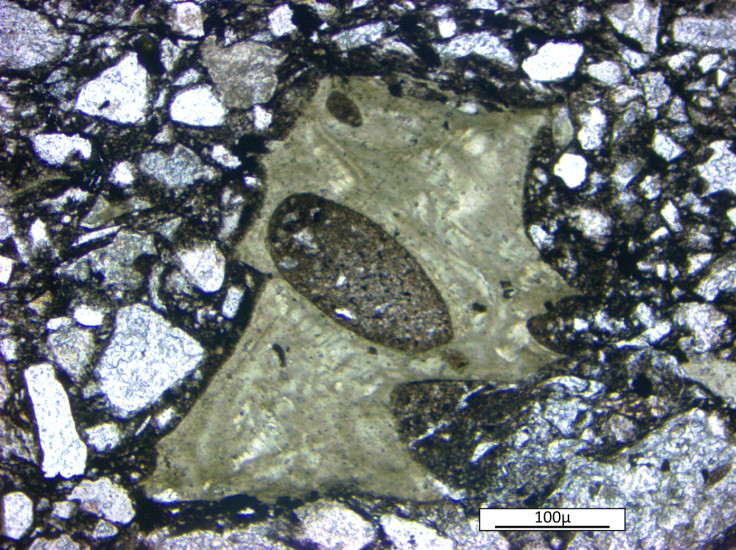Huge meteorite blast 1.85 billion years ago that changed the world
These are the first volcanoes shown to be created by a massive meteorite impact.

A 1.85-billion-year-old meteorite crater in Sudbury, Canada has revealed that large meteorite impacts can raise rings of volcanoes, which could have been crucial to starting life on the planet.
The meteorite impact was huge. The crater it carved out stretched for 200 kilometres across, and soon filled up with water and the debris from the meteorite's impact plume.
Over geological time, the crater has become folded, exposing the bed of the crater. This rock now juts out to the surface, giving geologists a view of what was up to 1.5 km beneath the crater billions of years ago.
Excavation of this ancient rock has now revealed that a ring of volcanoes around the edge of the crater was formed by the impact. The finding is published in the Journal of Geophysical Research: Planets. These volcanoes sat below the waterline, spewing out magma into the basin.
"This means you have a volcano in a confined body of water. This then leads to heating of the water and complex chemical reactions which are believed to be necessary for the building blocks of life," study author Balz Kamber of Trinity College Dublin in Ireland told IBTimes UK.
The volcanoes that lined the edge of the meteorite crater in Canada probably erupted for between about 100,000 to 1 million years. In this time, they were filling the water of the basin with the energy and chemical components necessary for life.
Life had already been around on Earth for billions of years before the Sudbury meteorite hit. But a similar impact earlier in the planet's history could have been responsible for the origin of life.
"When the Earth was young, it was pummelled by impacts. There would have been a lot of these basins around. If there were volcanos in there, then that might be an important place where you could produce these prebiotic molecules."
The volcanoes themselves have long since been eroded, but they left behind a record of their eruptions in crab-claw shaped fragments of volcanic rock. These fragments are a signature of violent underwater volcanic eruptions, when hot magma is very suddenly cooled as it comes into contact with water.

Even though the Earth has been hit by many large meteorites, their impact craters have rarely been well preserved. There is just one other example where Kamber has hope of seeing the signature of meteorite-created underwater volcanoes.
"The only other obvious place you can really study this is the Chicxulub crater in Mexico, which is associated with the demise of the dinosaurs. This crater has just been drilled again," Kamber said.
"The new drill core also suggests there was sustained rock-water interactions – that there was a heat source around.
"So now all our eyes are on Chicxulub to see whether similar deposits might be found there as well."

© Copyright IBTimes 2025. All rights reserved.






















